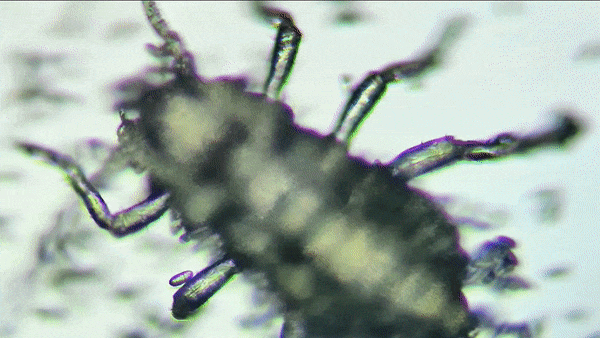Hello folks who wonder if Yellowjackets flying too close to humans during a picnic can also be considered a "microaggression",
Sometimes we add a letter or a bunch of letters in front of an existing word which can change the meaning of the word and ultimately the emotion of the person reading or hearing it.
For example, dew can mean tiny drops of water that form on cool surfaces at night. This word can indicate annoyance for people who will have to clean their car in the morning. Now, let's add a prefix to that word and see what emotions it triggers.
How about sundew? Sundews are a group of carnivorous plants which lure and eat insects. This might evoke feelings of awe or wonder for some of you.
Honeydew? Honeydew can either refer to the round melon like fruit or a sugar-rich sticky liquid secreted by aphids while feeding on plant sap. Depending on what came to your mind initially, you would have either salivated or gagged.
Mountain dew? A heavily caffeinated and sugary carbonated drink that has a cult-like following. It might invoke feelings of disgust or sympathy for the people who are suffering from this disorder.
For today's post we will be looking at mildew and the only feeling it should invoke is awe. Now, for those of you who have never seen mildew on plants, one type of mildew called the powdery mildew looks like a leaf that has been addicted to coke(not the soda). Just like a cocaine addict who will have traces of white powder around the nostrils, a leaf affected by powdery mildew will stand out among the crowd.
I wouldn't lie, the first time I saw it, I wished to snort it right off the leaf without even rolling a $20 bill. You can't blame me, touch it and it sticks right to your fingers.
But here is why snorting this white powder is not a good idea in the first place.
You see, powdery mildew is a type of fungus that thrives on plant leaves. That becomes obvious when you take a closer look. But before we take a closer look, let's first understand a few basics about how mildew works. So, a mildew starts taking root on a leaf by the means of a spore. It lands somehow on the leaf either through wind, water or hitching a ride on a trespassing insect. Once on the surface of the leaf, it produces thread-like structures called hyphae and further organs that penetrate the plant cells to steal the nutrients. Once matured, they will send upright structures called conidia which contain more spores to continue their legacy which get blown away and start the life cycle at some other place all over again.
Below is a closer look at the conidia with the spores.
And since the probability of a single spore successfully establishing on a leaf is relatively low, they will release large amounts of spores to have lady luck by their side. Below are some spores that were released because I disturbed the leaf while handling it.
And since aphids have nothing better to do but just feed off the plant sap, when powdery mildew is fighting with the leaf, they are usually caught in the crossfire and ultimately play a mule in carrying the spores to the new location.







No comments:
Post a Comment
Did you learn something new in this post? Let us know in the comments below